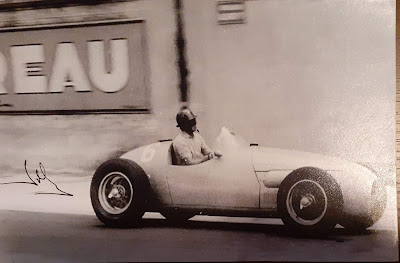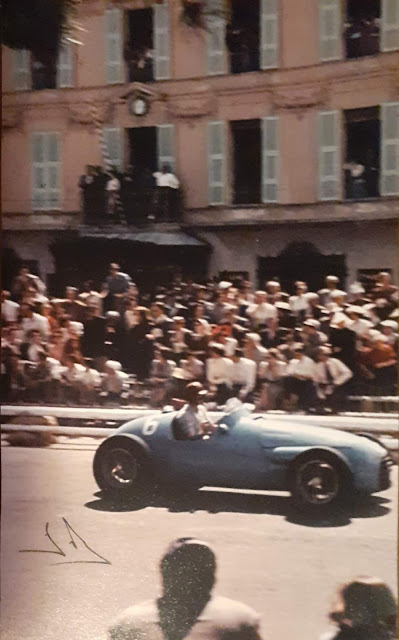După ce a absolvit Politehnica din Reşiţa, şi-a îndreptat atenţia înspre arta plastică la Timişoara, unde i-a avut profesori şi mentori pe Leon Vreme, Peter Jecza sau Deliu Petroiu.
În 1968 se alătură lui Nicu Covaci şi Josef Kappl în „Phoenix” concepând afişe pentru albumele formaţiei şi cântând la percuţie pe instrumente construite de el: capre sau tobe din piele de viţel. De aici s-a ales cu supranumele de „căprarul de la Phoenix”.
În domeniul artelor vizuale, Valeriu Sepi a abordat cu succes pictura, desenul, sculptura sau designul. Aproape 25 de ani a locuit la Singapore.
Personalitatea şi talentul său i-au adus notorietate nu doar în Europa, ci şi în Asia, America de Sud sau Australia, lucrările sale aflându-se în muzee, galerii, colecţii particulare sau localuri din România, Germania, Singapore, Brazilia, Australia, Indonezia, Malaezia, Thailanda și Nepal.
EXHIBITIONS
1971 Fine Art Museum in Timisoara
1975-1985 Annual exhibitions organized in Timisoara, Lugoj, Bucuresti
1986 personal exhibition in Heidelberg, Germany in my own gallery
1987 Group exhibition in Aachen and Heidelberg / Germany
 1992-1994 mural paintings in Harry’s Bar, Salvatore Pasta Fresco, G. P. Bastian, Susy Wong Bar, South Bridge Road / Singapore
1992-1994 mural paintings in Harry’s Bar, Salvatore Pasta Fresco, G. P. Bastian, Susy Wong Bar, South Bridge Road / Singapore1994 personal exhibition in Swee Guan gallery / Singapore
1998 personal exhibition The four elements at Art Forum Gallery
1998 Culture Color Conexions, itinerant group exhibition at: Takashimaia, Kuala Lumpur, Perth
1998 group exhibition at Oberoi Hotel, Bali, Indonezia
2000 group exhibition Various Artists – New Works, Taksu gallery, KL
2000 personal exhibition in Sun Jin Gallery / Singapore
2000 group exhibition at Arang, Taksu gallery, KL
2001 mural painting commissioned by Changi Chapel Museum, Singapore
2002 mural painting „The Last Battle” in the memory of Malaysian army, commissioned by Bukit Chandu Museum, Singapore
2003 personal exhibition at Niteroi Museum, Rio de Janeiro, Brazilia
2005 personal exhibition at TCC Singapore
2005 mural painting and ambient design at Orchard Tower, Singapore
2005 personal exhibition at Sabana Cor, Johor, Malaiezia
2006 personal exhibition Resurrection, Helios Gallery, Timișoara / Romania
2009 personal exhibition, Helios gallery, Timișoara / Romania
 2013 mural painting commissioned by Chuck Wagon / Singapore
2013 mural painting commissioned by Chuck Wagon / Singapore2014 personal exhibition at Garana Jazz Festival / Romania
2014 personal exhibition at Helios Gallery – Timisoara / Romania
2014 personal exhibition at “Book Sign” bookstore – Resita / Romania
OTHER ARTISTICAL ACTIVITIES
Mural decoration – Youth Center in Timisoara, together with the sculptor Peter Jecza
Mosaic at the West University in Timisoara with the artists Leon Vreme, Adalbert Luca, Sulea Gorj
1967-1986 Posters and cover design for rock and jazz bands
Scenography for the Resita Theater / Romania
Actor in Țiganiada Play written by Victor Cârcu at West University Theater, Timisoara, Romania
2099 Scenography for The Clouds by Aristofan, director: Sabin Popescu
Fine art and pedagogical activities in Nepal
1972-1973 International Politic Theatre Festival, The Mirrors play, Zagreb / Serbia
Acting in various movies with the Phoenix Band (The foreign Agent, Immortals …)
Documentary movie on my life and work Valeriu Sepi – Alone but with myself, director Florin Mândruleanu









